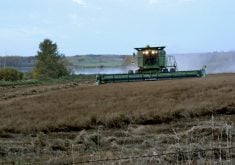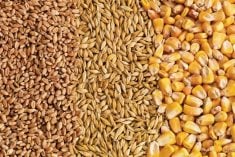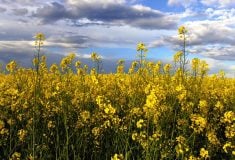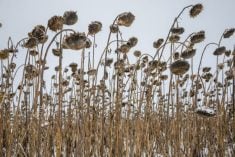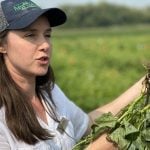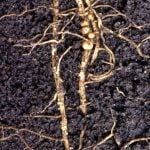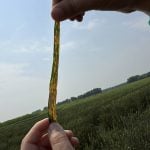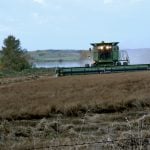Producers looking to harvest their grain and oilseed crops in Western Canada can expect to see a drier than normal fall period, according to weather outlooks looking at the next couple of months.
“There is a fair chance that some parts of the Canadian Prairies will receive normal rain events during the fall harvest period, but the precipitation is not something that will be persistent,” said Drew Lerner with World Weather Inc. of Kansas City.
Weather conditions will largely be favourable for harvest operations, with few lasting delays of rain that will be of a concern.
Read Also
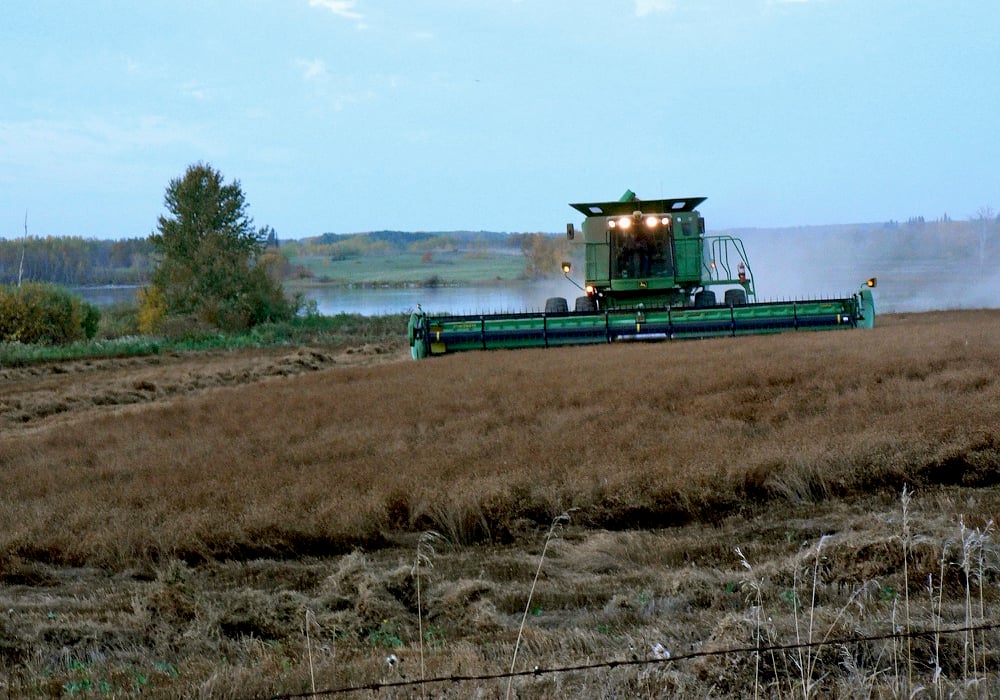
Most of Manitoba harvest wraps up for 2025
Manitoba Agriculture issued its final crop report of 2025, showing the overall provincewide harvest at 97 per cent complete as of Oct. 20. Nearly all major crops have finished combining, with 37 per cent of Manitoba’s sunflowers finished, plus 71 per cent of grain corn and small amounts of soybeans and potatoes left to do.
“Some isolated areas of Western Canada may have a bit more rain than others, but overall conditions should be conducive to a quick harvest,” Lerner said.
The various crops in Western Canada have been maturing well in most locations, given that heat units have accumulated nicely, particularly in Manitoba and Saskatchewan.
“Some of the crops in Manitoba and Saskatchewan got a late start due to delays in planting, but the above-normal readings have allowed for quick development,” Lerner said.
However, he cautioned that there is still a lot of variety out there in terms of crop maturity, with development dependent on the region.
The impact of frost on the crops close to being harvested was expected to be minimal, according to Lerner.
“I would suggest that the possibility of a freeze in Western Canada will follow more seasonal occurrences,” he said.
The earliest average freeze potential in the fringe crop-growing areas of northern Alberta is Aug. 31 while in the Prince Albert area of northern Saskatchewan freezes normally occur around Sept. 4.
Average freeze dates for the rest of the grain areas of Western Canada generally range from Sept. 5 to Sept. 20, he said.
“Variation”
“While there will certainly be a lot of variation in temperatures on a day-to-day basis across the Canadian Prairies, I am not expecting any major freezes to occur until the second or third week of September,” Lerner forecast.
He acknowledged the one area of concern will be in southern areas of Alberta where an early frost could hurt crops that remain well behind in growth.
As for when the harvest is complete in Western Canada, the prospect of a good replenishing rain to supplement soil moisture levels before the ground freezes up was seen as unlikely.
“Areas of Manitoba and Saskatchewan and parts of Alberta will likely continue to see a drier basis heading into the winter,” he said. “There will definitely not be as much precipitation (as) those areas received last fall.”
There will be rain, he said, but the dry pockets in those three provinces may not get the rain that will replenish those dry spots.
Lerner speculated that a La Nina event is gearing up and if it occurs, some meaningful snowfall accumulations may occur in south-central Saskatchewan over the winter; however, the eastern part of the Prairies will be on the dry side.


